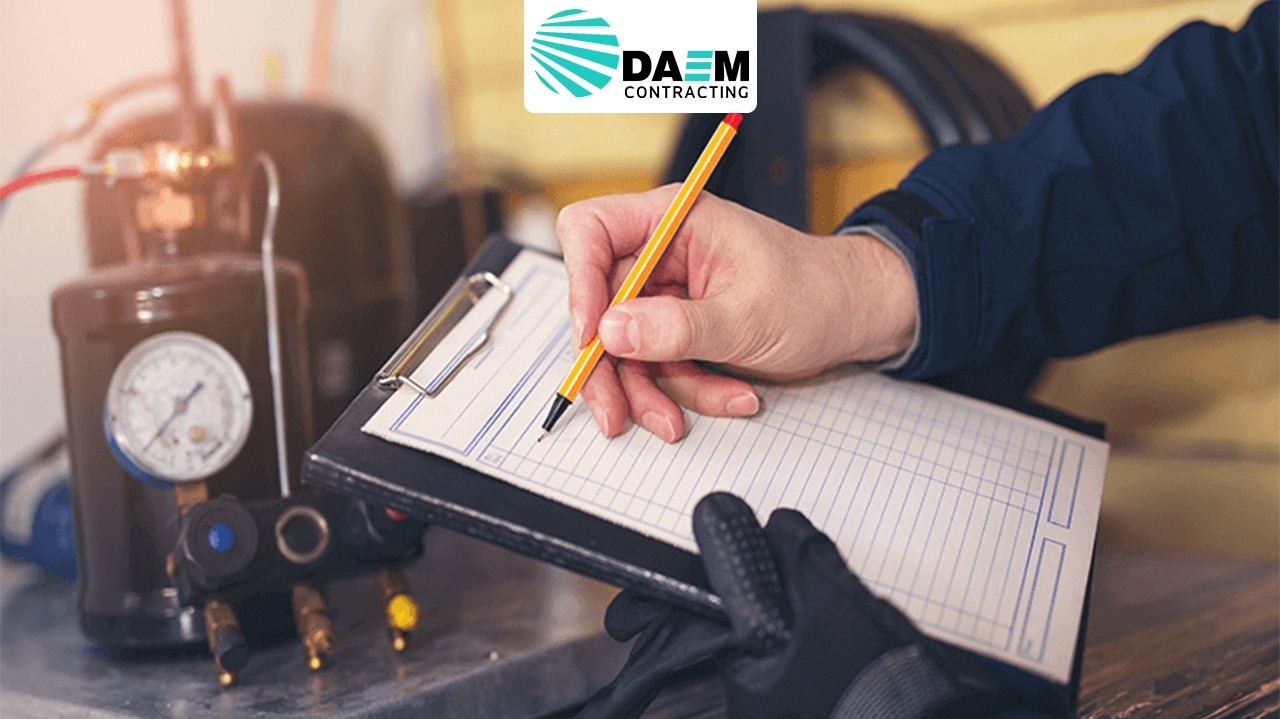In Dubai, even the carpets beneath our feet are held to high safety standards — and for good reason. Fire-resistant flooring plays a critical role in protecting lives and property, especially in high-traffic areas like offices, hotels, residential towers, and public buildings. That’s why the Dubai Civil Defence (DCD) enforces strict regulations on the type of carpets used during fit-out projects.
Before selecting any flooring material, engineers, contractors, and interior designers must ensure that their choices meet DCD fire safety requirements — backed by internationally recognized testing standards and certified by accredited institutions like the Emirates Safety Laboratory (ESL).
In this article, we’ll break down what defines a fire-resistant carpet, the approved testing standards, key compliance features, and the role of ESL in ensuring every product meets Dubai’s strict fire safety code.
Table of Contents
What are fire resistant carpets?
They are standard flooring layouts or covers and are included in the Dubai Civil Defence fit outs approvals.
The Civil Defense relies on a set of international standards in approving the type of carpets used in buildings. Therefore, the engineer responsible for the fit out must specify the standard he used to complete the project.
Each standard follows a specific testing method, where a sample of the material is taken and then analyzed in laboratories according to standardized analyses based on a set of conditions.
These reports measure flammability, reactivity, and insulation. The carpet is considered compliant if it passes these tests.
Testing Standards for DCD fit outs in Dubai
Those international testing standards are set of experiments that are made on a small piece of the tested material under specific conditions, and the DCD accepts any of the following testing standards:
| 1- ASTM D 2859 | Object: to assess the flame resistance of textile floor coverings |
| 2- EN 13823 | Object: to use the European classification standard to categorize building products into Euroclass A2, B, C, or D. |
| 3- EN-ISO 11925-2 | Object: to test the inability to items exposed to direct flame |
| 4- EN-ISO 1182 | Object: to test the non–combustibility of the products under fire tests. |
| 5- EN-ISO 1716 | Object: to determine the calorific value (it tells how much heat a carpet release when it burns) |
| 6- EN 13501-1 | Object: this test classify the materials from non-combustible (A1F1) to combustible materials or easy flammable products (F) |
| 7- ASTM E648 | Object: Calculating how a floor-covering system installed in a building corridor will behave in terms of fire exposure |
| 8- EN-ISO 9239-1 | Object: to analyze flooring goods’ burning characteristics with a radiant heat source |
| 9- NFPA 253 | Object: to estimate the fire exposure behavior of floor covering systems. |
| 10- BS 4790 | Object: to determine the effect of a small source of fire or flame on textile floor coverings. |
| 11- BS 4841-6 | Object: to check the floor insulation, it suits modern buildings. |
| 12- BS 6307 | Object: to determine the effect of small fire resources on flooring. |
| 13- EN 1365-2 | Object: to test fire resistance on ceilings and floors. |
| 14- EN 1366-6 | Object: to test fire resistance on safety installations |
| 15- EN 1399 | Object: to evaluate how much the floor is resilient to burning cigarettes. |
| 16- ULc – S102.2 | Object: to determine flooring characteristics |
Key characteristics for compliant carpets
Dubai Civil Defence set a group of roles to follow when choosing a carpet or a floor cover. This helps in minimising the damage caused from a small source of flame like a burning cigarette in offices or busy buildings, while in industrial buildings, special covers are used such as epoxy.
For residential buildings, there are set of characteristics that are mandatory to check before purchasing a carpet:
1- The carpet should not catch fires easily whether these fires or flames were direct or not.
2- carpets with low heat conduction values are natural isolators
3- carpet classification should be suitable for the place where it will be used. For example: a residential building should use CF1 class (low smoke, limited flame spread), while a residential building needs a minimum of CF1.
4- The carpet should have the ability to resist flame spread, especially in carpets used in the exitway or hallway.
5- choose certified carpets that follow the standard tests defined by Dubai Civil Defence from trusted suppliers or the Emirates Safety Laboratory test flooring products.
Emirates Safety Laboratory (ESL)
Dubai’s Emirates Safety Laboratory (ESL) is one of the largest institutions to do tests on building materials and ensure they comply with the DCD fire safety standards. Constractore needs an ESL certificate to build a facility or building.
The laboratory follows not only the UAE standards, it follows international tests standards and works on a global scale. Tests like smoke controls and fire resistance for furniture and building materials are done by the Emirates safety test to ensure complying with the safety standards.
Conclusion
Fire resistant carpets are a crucial part of the fit out process. They depend on specific test standards that are defined by Dubai Civil defence to ease the process on the business owners and contractors.
The ESL test is mandatory to start building construction because it proves that the building materials comply with the UAE and the international safety standards.
For individuals, they can buy any carpet type without restrictions, but it is better to choose anti-fire carpet and to commit to the tips mentioned previously.
Yes, you need to get Dubai Civil Defence (DCD) approval to ensure compliance with fire and life safety standards.
There are many codes that can be accepted, but the most popular used codes are: ASTM D 2859 and EN 13501-1
Yes, getting annual maintenance contract is important to ensure the safety code are compatible with the new updates
The UAE fire and life safety code is a set of instructions that explain the required procedures to keep a building or construction safe from fires.



